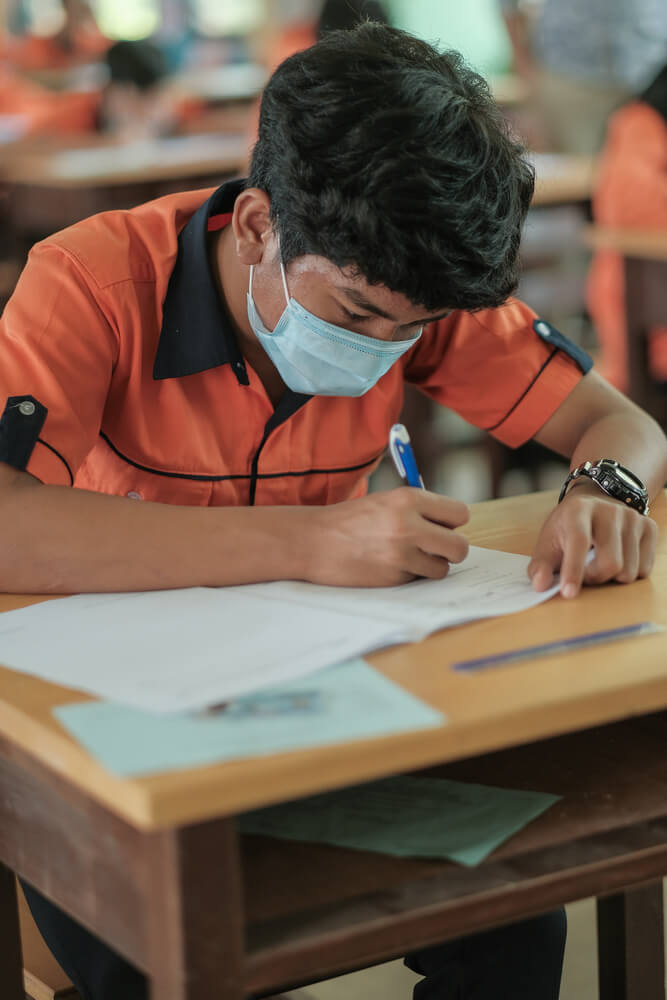
Having dropped from 47.5% pre-COVID-19, the K-readiness rate has stabilized at 36.5%. To regain this lost ground will require an investment in our youngest community members that ensures a solid foundation for the educational journey ahead. Unfortunately, current funding only provides support to 18.3% of kindergarten age children in the region.
Having soared to an impressive 51.1%, reading scores have nearly returned to pre-COVID levels, and now surpass the state average. Since third grade reading is a bellwether of future academic success, this bodes well for the future of the region. PRI’s current funding enables us to offer service to 33.6% of eligible students.
A slow, but steady increase from 36.6% to 7.4% demonstrates the need for additional strategic investments in rural education. National research indicates that proficiency in math during high school is a strong predictor of postsecondary success. Among students who exclusively pursued vocational math, only 3% achieved a bachelor’s degree or higher. In contrast, those who took at least one calculus course demonstrated remarkable success, with 73% attaining a bachelor’s degree or higher.
Citation: Rose, H., & Betts, J. R. (2001). Math matters: The links between high school curriculum, college graduation, and earnings. San Francisco, CA: Public Policy Institute of California.
Nowhere can the long-term impact of COVID-19 be seen more clearly than in current absenteeism rates. While schools across the country have seen dramatic increases in absenteeism, the rates are highest where more than 75% of students receive free or reduced-price lunch. PRI, in partnership with Attendance Works, will lead a regional convening in the spring of 2024 to build a comprehensive response to the ongoing issue.
Our five-year graduation rate has seen a steady increase over the last decade.